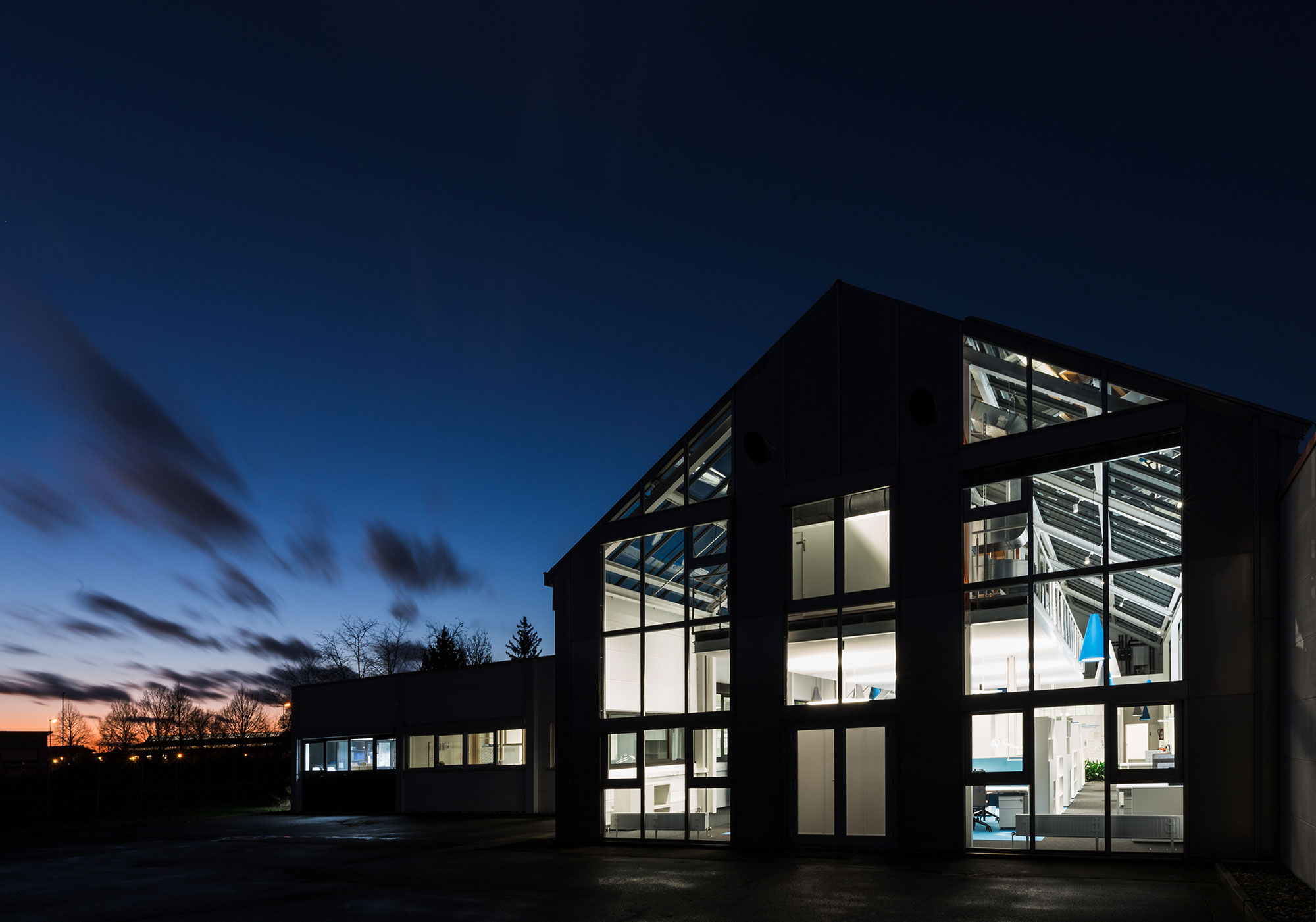
Accessibility
Achieving more with fewer hurdles - accessibility in customised interfaces
Whether in a vehicle, on a medical device or on a touch panel in building technology: we encounter human-machine interfaces (HMIs) everywhere - often in the form of specialised displays or operating elements that are not based on classic operating systems. This is precisely where accessibility becomes a decisive quality factor.
What does accessibility mean in this context?
Accessibility means that a user interface can also be operated, understood and perceived intuitively by people with disabilities. This is about more than just legal obligations:
Good visual design: high contrasts, scalable font sizes, clear icons
Flexible perception: Information must be comprehensible even without perfect vision, fine motor skills or prior technical knowledge
Ergonomic operation: Sufficient touch surfaces or sufficiently large input media such as rotary pushbuttons or similar, tactile feedback, clear navigation
A practical example:
An interface with clear visual states, comprehensible symbols and reduced complexity not only supports people with cognitive impairments - but also users who work under time pressure or in stressful situations. Large touch targets, for example, not only make operation easier for people with motor impairments - but also for anyone who has to operate something quickly in stressful situations or who wears gloves (with resistive touch).
Accessibility becomes more relevant by law
The German Accessibility Improvement Act (BFSG in German) will make accessibility mandatory for many digital products in the B2C sector from 28 June 2025.
Although this does not yet directly affect many of our customers, it does:
International markets (e.g. USA with ADA) are increasingly demanding accessible solutions.
Tenders and funding projects now often require accessibility.
And above all: designing for accessibility makes your product more usable for everyone - regardless of age, limitations or context of use.
What BUSSE Design can do for you
We support you in designing customised HMIs that not only look good, but can also be operated intuitively and inclusively:
UX concepts focussing on accessibility and usability
Creation of barrier-aware design systems for embedded interfaces
Audits & optimisation of existing operating concepts
Tests with real user groups and various usage scenarios
Interdisciplinary development with industrial design and engineering
Our conclusion
Accessibility is not an add-on - it is a key design quality.
It makes products more robust, future-proof and usable for as many people as possible. Whether on a smartphone, in a web browser or on a machine panel - we develop operating solutions that reach more people regardless of the context of use.
Are you developing a device with an interactive interface? Then talk to us - for intuitive operation that works where it is needed.
